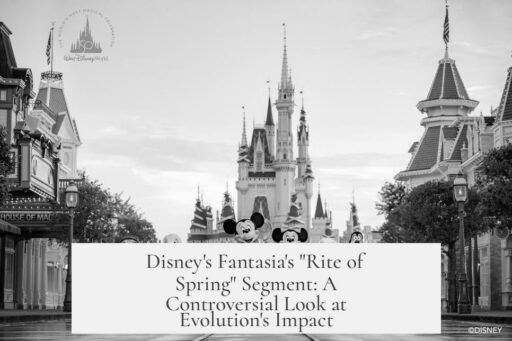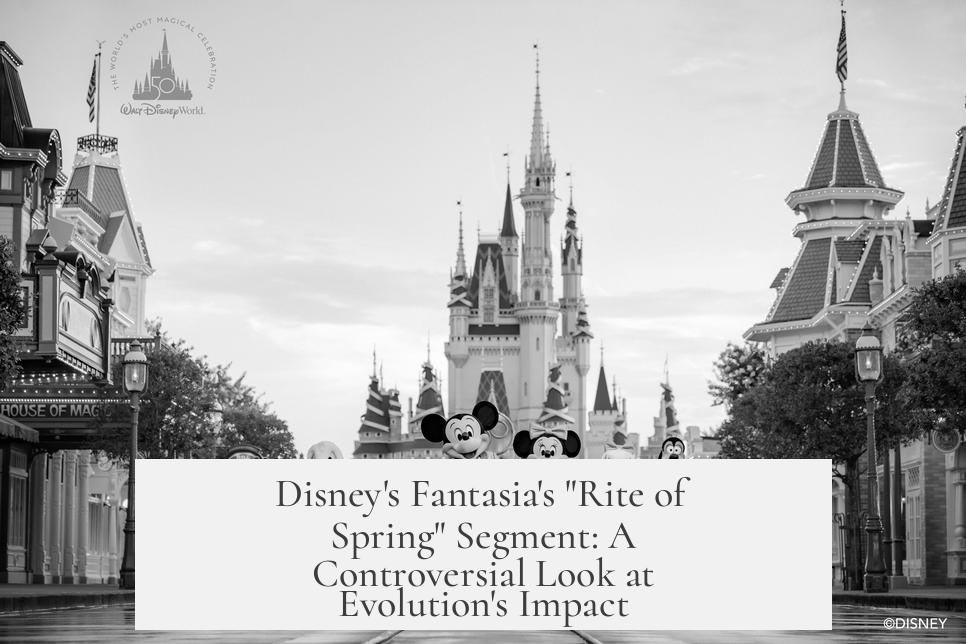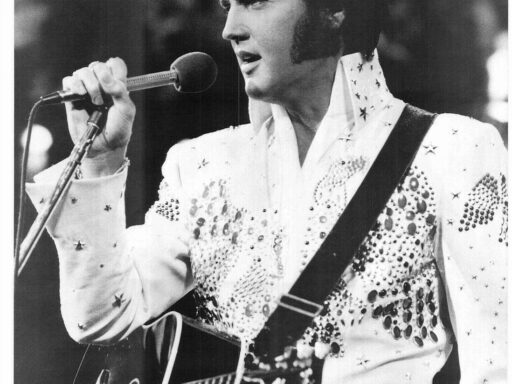Disney’s Fantasia, specifically the “Rite of Spring” segment depicting evolution, was not widely considered controversial at the time of its release, though some nuanced tensions surrounded the film’s treatment of the subject.
The “Rite of Spring” sequence portrays the Earth’s early history and the evolution of life, a bold visualizing of scientific theory in a 1940 animated film. Despite the potentially sensitive nature of this content, there is little surviving documentation confirming direct opposition from creationists or anti-evolution fundamentalists. Any such reaction, if it existed, left minimal trace in public records or media of the era.
Internal debates occurred within Disney’s team about how far to push the evolutionary storyline. Walt Disney initially favored extending the segment to include the evolution of humans through the Age of Mammals. However, this portion was cut before the final release. One credible source suggests the omission aimed to avoid offending Christian fundamentalists and possibly affecting the film’s commercial success.
- Stravinsky, whose music underscored the segment, criticized how his compositions were altered to fit animation timing and narrative demands.
- This musical controversy highlights some of the challenges in adapting classical pieces to a new medium rather than indicating a broader public controversy over evolution itself.
- Other faith-related decisions in Fantasia, such as including the “Ave Maria” segment, were clearly designed to balance tones and broaden appeal, possibly as a safeguard against alienating religious audiences.
Overall, the depiction of evolution in “Rite of Spring” generated fewer waves than might be expected, and the primary controversies related more to creative and musical adaptations than to the subject matter directly. The decision to omit human evolution scenes likely reflects a cautious approach toward public sensitivities rather than a response to overt backlash.
Key takeaways:
- The evolution segment in Fantasia was not widely controversial in its time.
- Internal cuts, possibly to avoid offending religious audiences, limited the depiction of human evolution.
- Stravinsky’s main criticism concerned musical adaptation, not the evolutionary content.
- Christian faith considerations influenced some content choices, including the addition of “Ave Maria.”
- Any creationist opposition remains undocumented and speculative.
Was Disney’s Fantasia, Specifically the “Rite of Spring” Segment with Evolution, Considered Controversial at the Time?
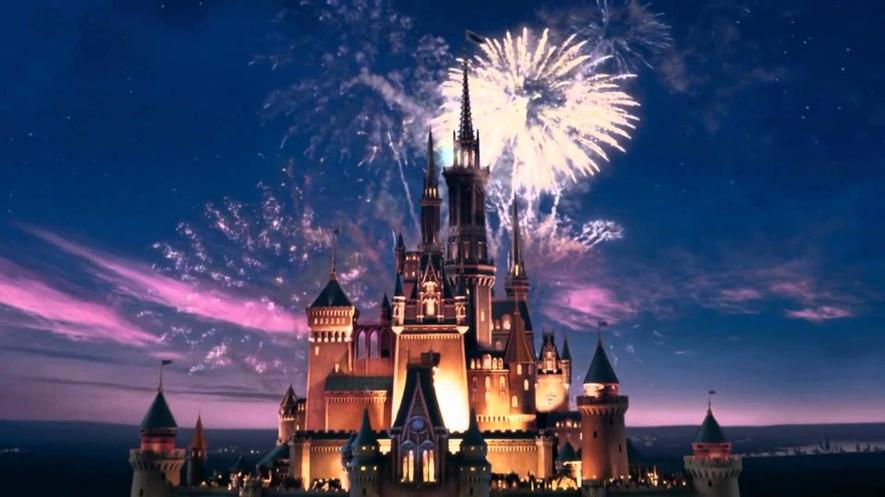
So, was the “Rite of Spring” segment in Disney’s Fantasia a controversy magnet back in 1940? The straightforward answer is: not exactly in the way you might think, but yes, there were some sparks flying. Let’s unpack this curious mixture of music, animation, and a dash of evolutionary science drama.
Fantasia tried something bold. It paired classical music with innovative animation to tell grand stories. One such story is “The Rite of Spring,” which dramatizes the evolution of the Earth from fiery beginnings through the age of dinosaurs. It’s a spectacle, and it’s still impressive today.
Did Creationist Opposition Flame Up?
You might expect that portraying evolution on screen in the 1940s—a time when the topic still stirred debates—would cause an uproar from creationist groups. Interestingly, though, documented proof of such a backlash barely exists.
It’s possible that some anti-evolutionary fundamentalists bristled at this depiction in the film, but solid records don’t survive to confirm this. In other words, the controversy might have been more whisper than roar. That said, filmmakers seemed cautious, hinting they expected potential pushback.
Inside Hollywood’s Jungle: The Battle Over Evolution Depiction

There was internal debate at Disney Studios about how the “Rite of Spring” segment should unfold. Walt Disney himself toyed with the idea of extending the sequence to include the evolution of humans—going from primordial slime all the way to early man, the grand finale on Earth’s stage.
But guess what? That final human-evolution act was cut. Why? The exact reason remains a bit foggy, but one credible explanation is that Disney wanted to avoid riling Christian fundamentalists who might drag the movie’s box office performance down. A savvy business move masked as creative editing.
Igor Stravinsky’s Musical Complaints: The Not-So-Happy Composer
Not all controversy sprang from audience or religious sensitivities. Igor Stravinsky, the composer whose powerful “Rite of Spring” lends its music to the segment, was actually unhappy with how his music was used.
The animation team rearranged sections of his score to fit the pace and visuals of the film. Stravinsky criticized both the editing of the music and the animation style itself. This points to a notable tension between respecting a classical artwork’s integrity and adapting it for a new medium.
The Faith-Fueled Tug-Of-War: Ave Maria to Balance the Dark
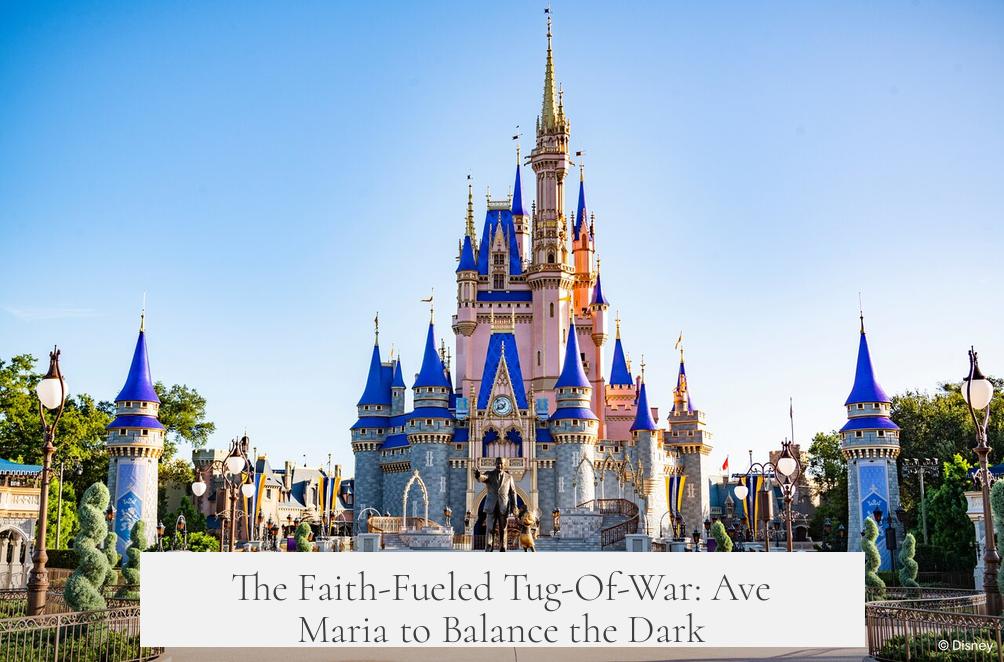
There was another religious thread woven through Fantasia. The film includes a contrasting segment: “Ave Maria,” a serene, faith-driven piece designed to appeal directly to Christian viewers. This was no accident. It softened the film’s tonal punches, especially following the wild, almost chaotic imagery of “Night on Bald Mountain,” which portrays demonic scenes.
The inclusion of “Ave Maria” can be seen as Disney’s nod to faith-based audiences, possibly aiming for a sweet spot between artistic daring and public palatability. They even planned to cut “Ave Maria” if distributing the film in non-Christian countries. Clever, or calculating? You decide.
Did Evolution Really Stir the Pot?
Despite the groundbreaking portrayal of evolution, the film’s depiction didn’t spark the headline-grabbing controversies one might expect. Possibly, this has to do with how subtle and stylized the segment is. It presents prehistory’s grand timeline more as a visually poetic journey than a direct scientific lecture.
In other words, while some viewers might have bristled, the segment mostly sailed under the radar compared to other flashpoints of the era.
Why Should Modern Viewers Care?

Revisiting this segment today reveals a lot. It shows how Disney balanced innovation, art, and the social sensibilities of the times. The charm of “Rite of Spring” lies in its narrative ambition, ambitious musical pairing, and cautious approach to sensitive topics like evolution and religion.
Stravinsky’s complaints remind us that creative collaborations are rarely perfect. The music was reshaped to serve animation, spotlighting the compromises between artistic purity and cinematic storytelling.
And the cut human evolution scene whispers to us about corporate caution—how filmmakers, even pioneers, sometimes bow to external pressures in hopes of reaching wider audiences.
Lessons and Takeaways
- Creativity Meets Caution: Disney pushed boundaries while carefully sidestepping the most explosive realms of controversy.
- Respecting Originals Isn’t Always Simple: Stravinsky’s disappointment teaches that repurposing art for new formats requires delicate handling.
- Audience Matters: The insertion of “Ave Maria” and the cut evolution scenes show efforts to balance faith and science in storytelling.
- Historical Context Shapes Art: The reception of evolution in Fantasia reminds us how societal attitudes shape artistic risk-taking and content decisions.
Final Thoughts
So, was the “Rite of Spring” segment truly controversial? It walked a tightrope. It didn’t explode into a public firestorm over its content, but hints of controversy lurked behind the scenes—from composer complaints to prudent cuts to avoid religious backlash.
Disney’s Fantasia, through “Rite of Spring,” offers a fascinating snapshot of how art, science, faith, and commerce dance together on the big screen—often awkwardly but always compellingly. Its legacy isn’t just in dazzling animation but in navigating a complex cultural moment with creativity and caution.
Next time you watch “Rite of Spring,” think about the fine lines walked to bring you that mesmerizing visual symphony of evolution, and consider: How bold should filmmakers be when art meets controversy?
